The term “training effect” refers to the changes that occur in an individual’s physical and physiological responses to exercise as a result of regular, consistent training over a period of time.
This concept is crucial in the field of sports science and fitness, as it provides a framework for understanding how physical activity can lead to improvements in health and athletic performance. The goal of training is to produce a positive training effect that results in improved fitness and athletic performance.

The Importance of Understanding Training Effect
To maximize the benefits of physical activity, it is essential to understand the training effect and how it works. This includes an understanding of how different types of physical activity can produce different training effects. Also, an understanding of how the body responds to physical stress and how these responses change over time with regular training. This knowledge can be used to design and implement effective training programs that will produce the desired training effects and improve fitness and athletic performance.
Whether you are a recreational athlete looking to improve your performance, or simply someone who wants to maintain good health and well-being, understanding the training effect will help you design a training program that meets your goals.
The Training Effect and Adaptation
The training effect refers to the physiological and biochemical changes that occur in response to physical activity. These changes are part of a process known as adaptation, which is the body’s way of adapting to the demands placed on it by physical activity.

Adaptation is a complex process that involves changes in various physiological systems, including the cardiovascular, respiratory, and musculoskeletal systems. The adaptations that occur in response to physical activity depend on several factors, including the type and intensity of physical activity, the duration and frequency of training, and the individual’s age, sex, and fitness level.
The Components of the Training Effect
The training effect is a complex phenomenon that is the result of a number of physiological and biochemical responses to physical stress. In addition to helping you achieve your fitness goals, understanding the training effect can also help you avoid injury. For example, if you engage in physical activity that is too intense or too frequent, you may risk overtraining, which can lead to injury, fatigue, and decreased performance. On the other hand, if you engage in physical activity that is too low in intensity or frequency, you may not see the desired benefits.
The following components are involved in the production of the training effect:
Cardiovascular Responses
Physical activity places stress on the cardiovascular system, which response by increasing the heart rate and blood flow to the working muscles. With regular training, the cardiovascular system becomes more efficient, which results in improved oxygen delivery and waste removal, leading to enhanced performance.
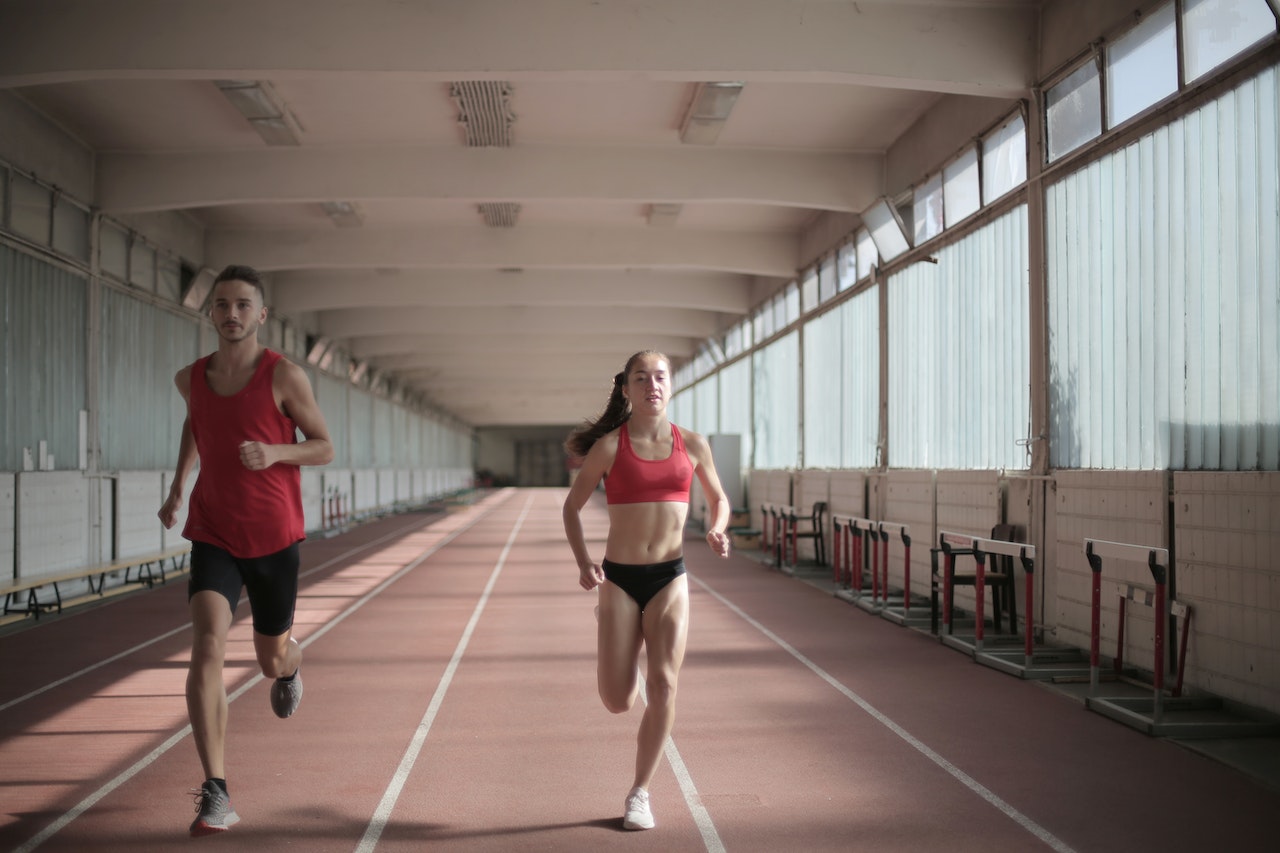
Metabolic Responses
Physical activity also results in changes in the body’s metabolic responses, including increased glucose uptake, increased fatty acid oxidation, and changes in the production of hormones such as insulin and cortisol. Over time, regular physical activity can result in improved insulin sensitivity, increased muscle endurance, and decreased levels of body fat.
Muscular Responses
Furthermore, physical activity also places stress on the muscles, which respond by undergoing changes in strength, endurance, and size. With regular training, the muscles become stronger and more endurance, which results in improved athletic performance.
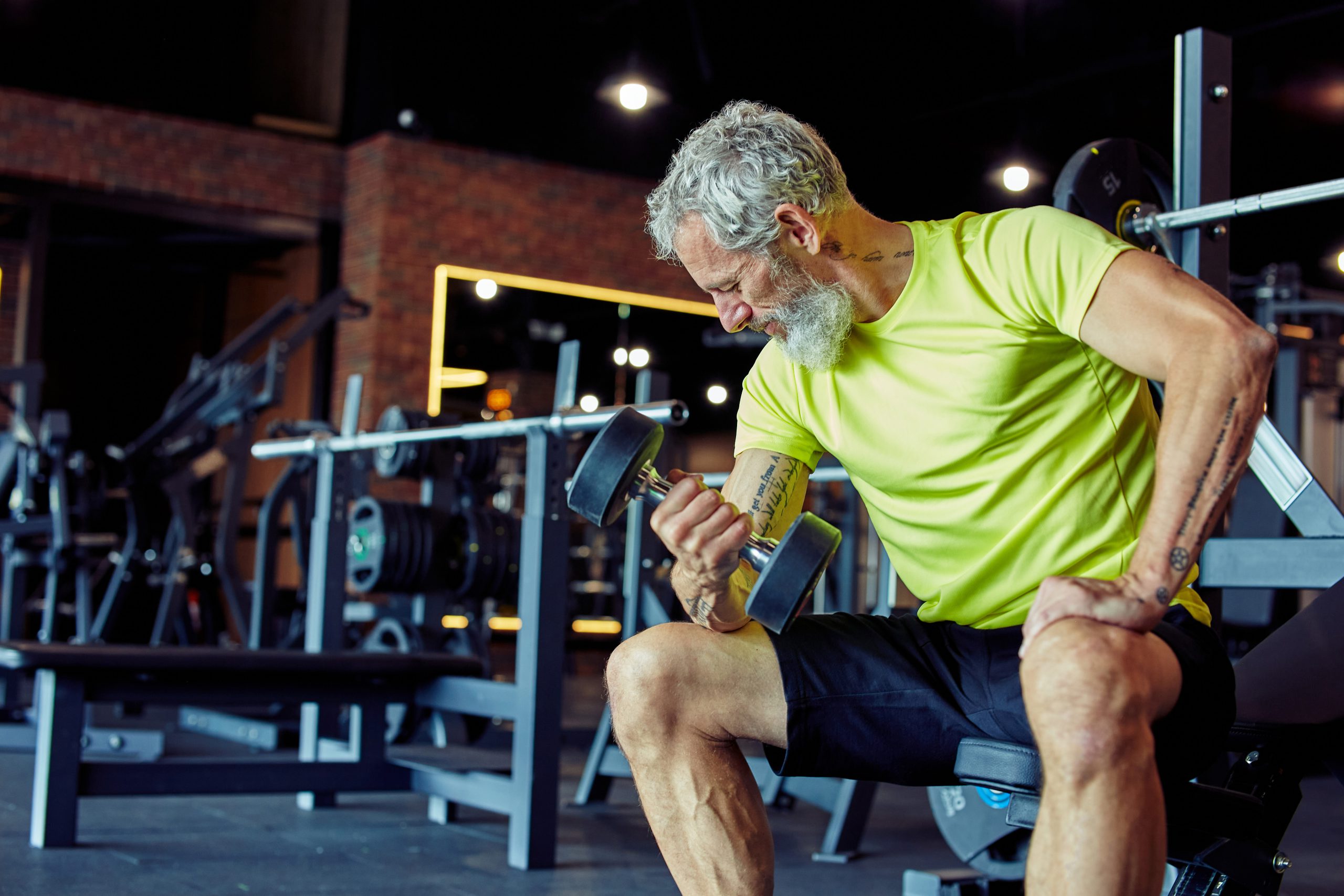
Neural Responses
Other than that, physical activity may make changes in the nervous system, including changes in motor unit recruitment, nerve conduction velocity, and muscle activation patterns. Regular training can make the nervous system more efficient, which results in improved coordination and movement patterns, leading to enhanced performance.
Factors That Influence the Training Effect
The training effect is influenced by a number of factors, including the type and intensity of physical activity, the duration and frequency of training, the individual’s age, sex, and fitness level, and the presence of any underlying health conditions. In order to produce a positive training effect, consider these factors and design a training program that is appropriate for the individual’s fitness level and goals.
Type and Intensity of Physical Activity
The intensity and type of physical activity are key determinants of the training effect. High-intensity physical activity, such as weightlifting or sprinting, places a greater demand on the body compared to low-intensity physical activity, such as walking or yoga. As a result, the adaptations that occur in response to high-intensity physical activity are generally more pronounced compared to low-intensity physical activity.
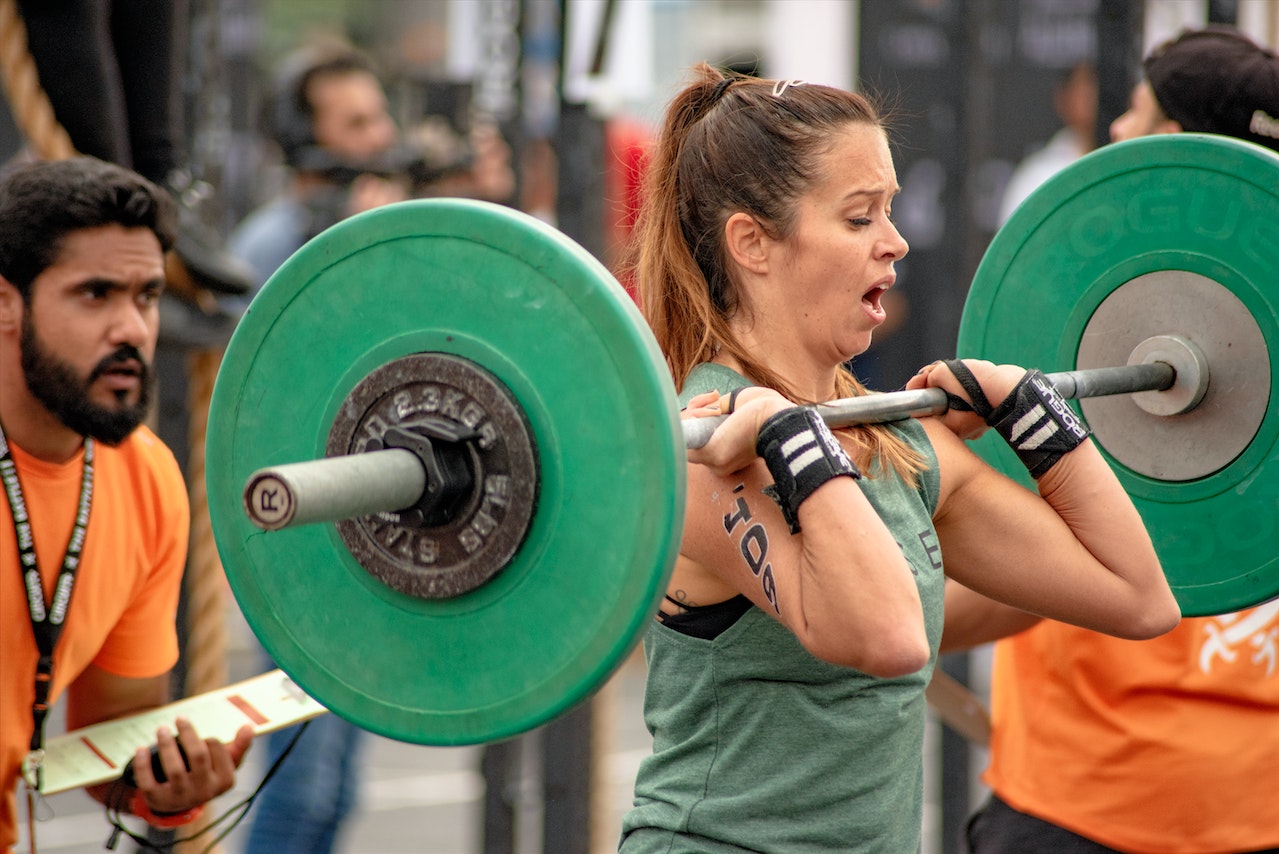
Similarly, different types of physical activity produce different adaptations. For example, weightlifting produces adaptations in the muscles that result in increased strength and power, while endurance exercise, such as running or cycling, produces adaptations in the cardiovascular and respiratory systems that result in improved endurance and efficiency.
Duration and Frequency of Training
The duration and frequency of physical activity also play a vital role in determining the training effect. Regular, consistent training over a period of time is necessary to produce a positive training effect. Longer durations of training and higher frequency of training place a greater demand on the body, leading to greater adaptations. On the other hand, shorter durations of training and lower frequency of training result in fewer adaptations. The duration and frequency of training will depend on the individual’s fitness level and goals, as well as the type and intensity of physical activity.
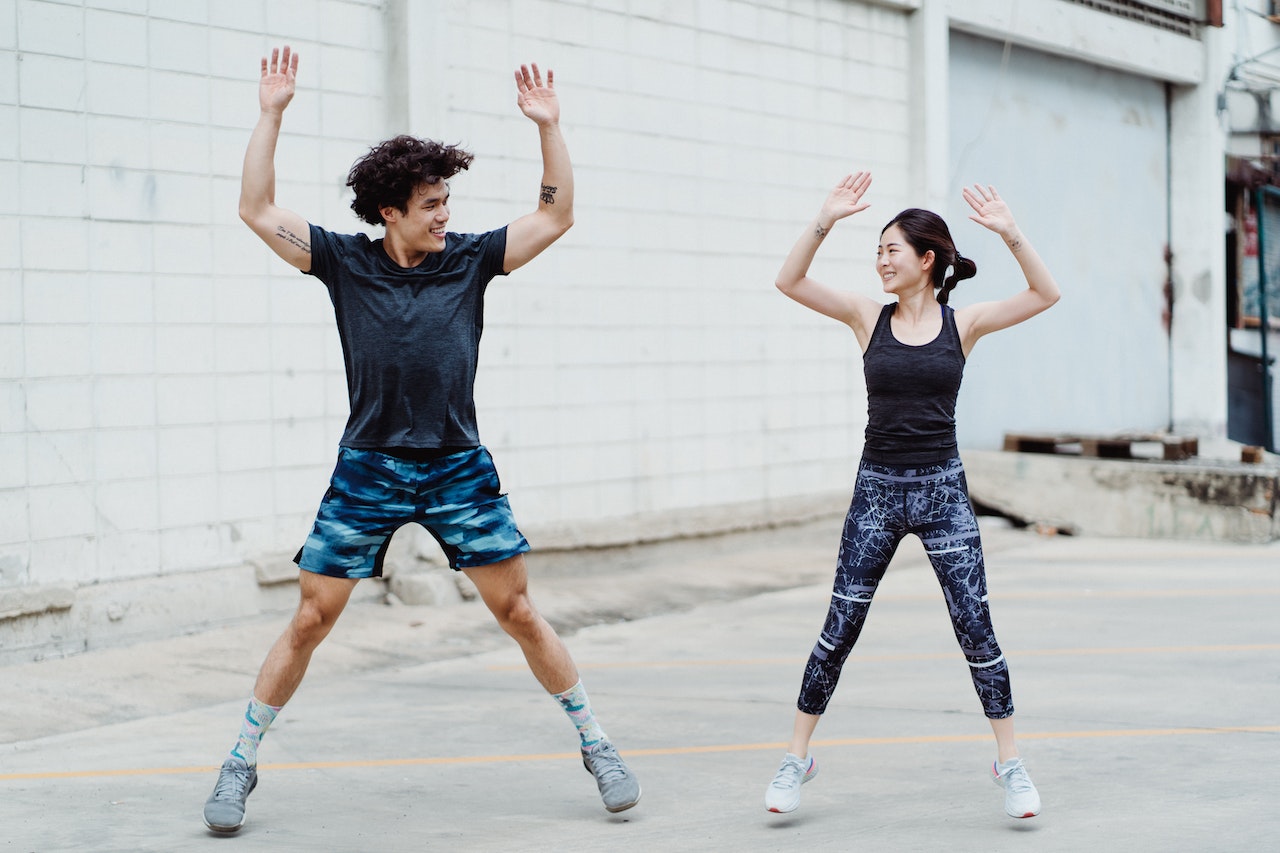
Furthermore, there is a point of diminishing returns, where further increases in duration and frequency do not result in additional adaptations. In fact, overtraining can occur if the duration and frequency of training exceed the body’s ability to recover and adapt.
Age, Sex, and Fitness Level
The individual’s age, sex, and fitness level help in determining the training effect. Younger individuals may be able to tolerate and respond better to intense physical activity than older individuals, while women may respond differently to physical activity than men. Additionally, individuals who are already fit may have a different response to physical activity compared to those who are less fit. It is important to consider these factors when designing a training program.
Underlying Health Conditions
Underlying health conditions are also important. For example, individuals with cardiovascular disease may have a different response to physical activity compared to those without this condition. It is important to consult with a healthcare professional before starting a new physical activity program, especially if there are any underlying health conditions.

Measuring the Training Effect
There are several methods for measuring the training effect, including subjective measures, such as self-reported changes in physical activity, as well as objective measures, such as changes in heart rate, blood pressure, cardiovascular fitness, muscular strength, and body composition.
Some of the most commonly used measures of the training effect include:
Rating of Perceived Exertion (RPE)
One commonly used subjective measure is the rating of perceived exertion (RPE), which is a scale that ranges from 6 (no exertion) to 20 (maximal exertion). The RPE provides a subjective measure of the intensity of physical activity, which can be useful for monitoring progress and adjusting the intensity of training.
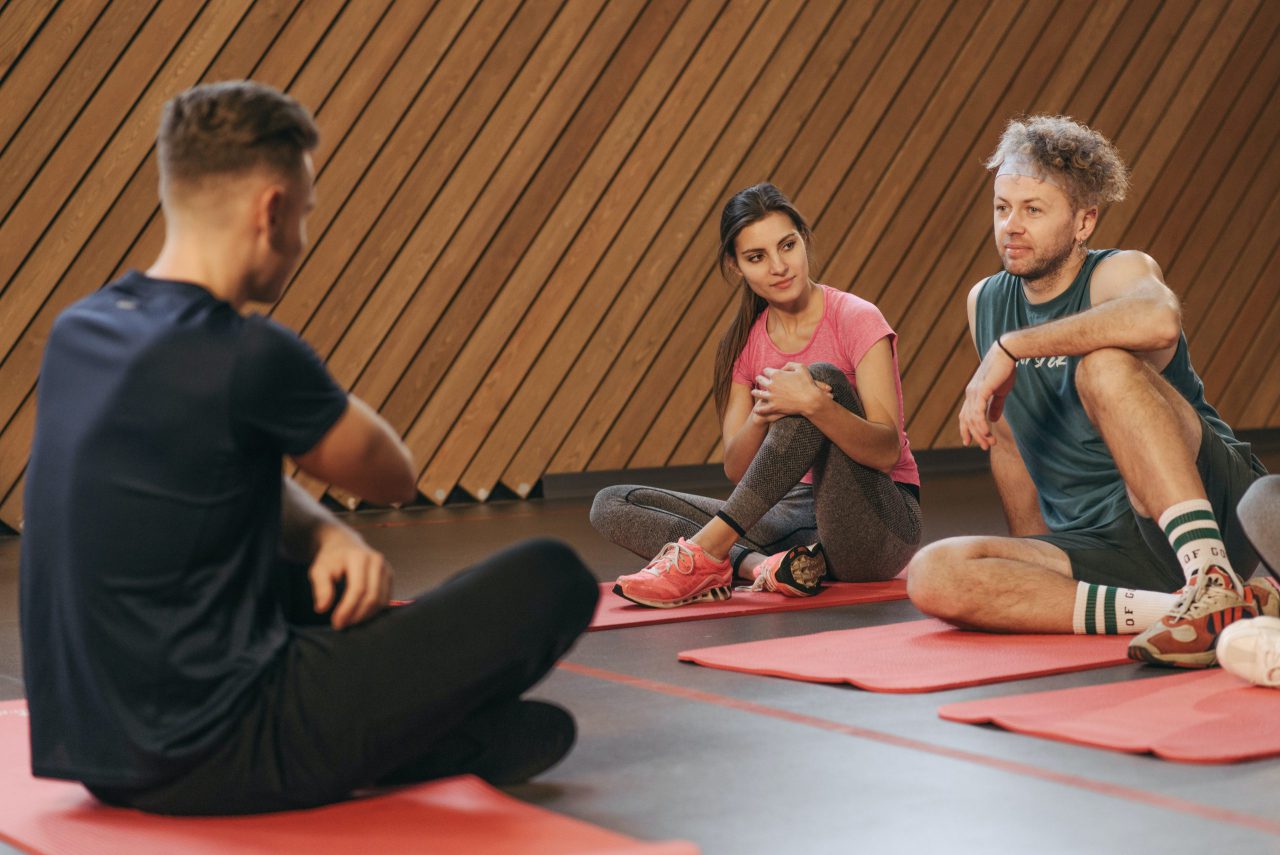
Maximum Oxygen Consumption (VO2max)
VO2max is a measure of the body’s maximum ability to uptake and utilize oxygen during physical activity. Increased VO2max is a hallmark of improved cardiovascular fitness and is a reliable indicator of the training effect.
Muscular Strength and Endurance
You can use measures of muscular strength and endurance, such as the number of repetitions during a weightlifting exercise or the time to exhaustion during an endurance exercise to evaluate the training effect on the muscles.
Body Composition
Changes in body composition, such as decreases in body fat and increases in muscle mass, can be used to evaluate the training effect on the body.
Objective Measures
Objective measures, such as changes in body composition, cardiovascular fitness, and muscular strength, can be assessed through various tests, such as body composition tests, cardiovascular fitness tests, and muscular strength tests. These tests provide a more objective measure of the training effect and can help determine whether physical activity is having a positive impact on health and fitness.

Bottom Line
In summary, the training effect represents the changes that occur in response to physical activity and plays a crucial role in optimizing the benefits of exercise. By comprehending the complex physiological and biochemical processes involved in the training effect, individuals can design an effective workout program tailored to their specific needs and goals.
Key factors that impact the training effect include the intensity and type of physical activity, the frequency, and duration of the training, age, sex, fitness level, and existing health conditions. Utilizing both subjective measures, such as the rating of perceived exertion, and objective measures, such as changes in body composition or cardiovascular fitness, can provide insight into the effectiveness of the training program.
To ensure safe and effective exercise, I recommend consulting with a healthcare professional before embarking on a new physical activity regimen, especially if there are any underlying health issues.



